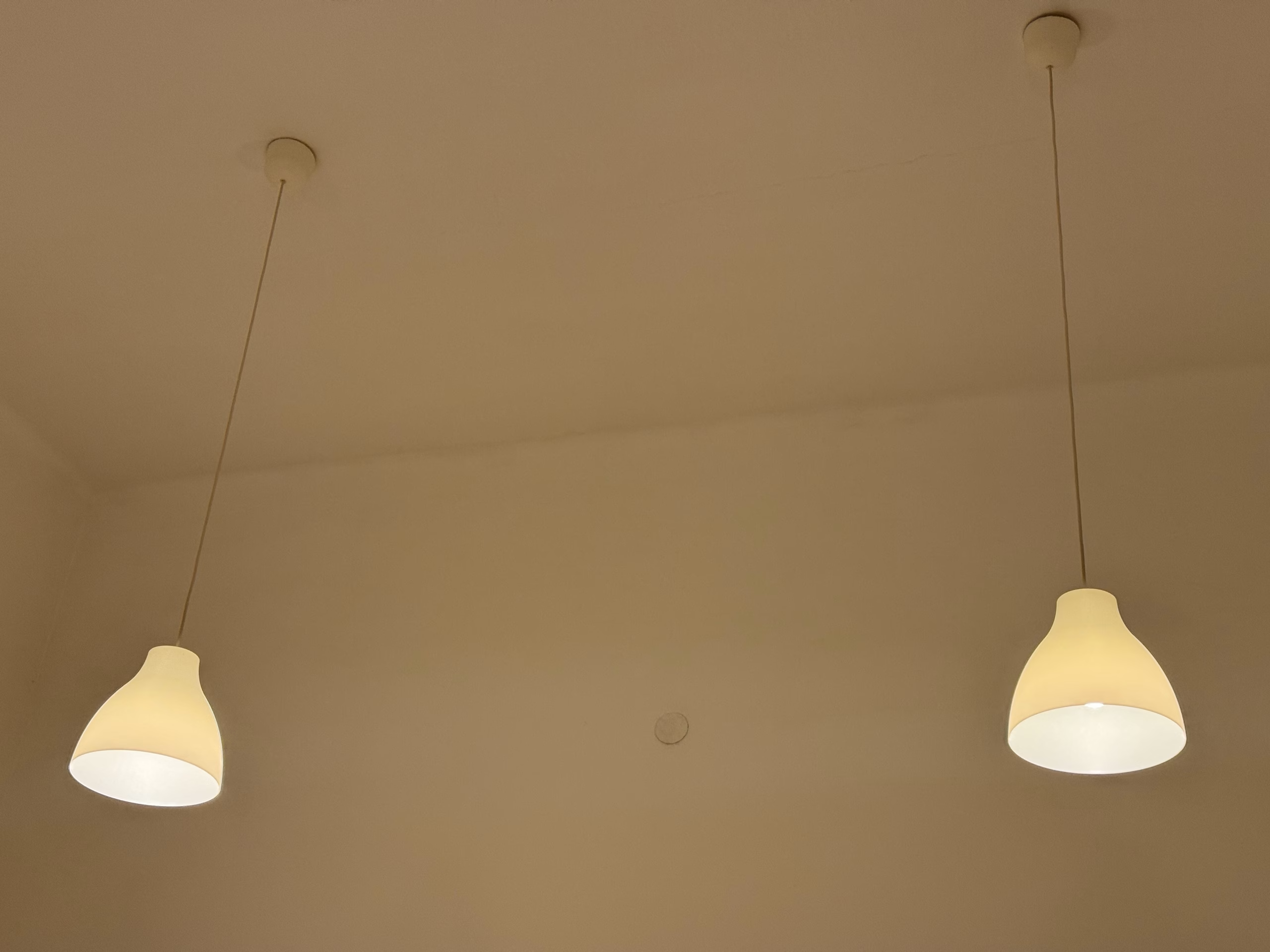In the ever-expanding world of smart home technology, lighting plays a primary role in setting the ambiance and mood of your living spaces. When using Home Assistant, a powerful home automation platform, the options for smart lighting are vast. However, choosing the right technology can be a daunting task. In this guide, we’ll explore the various options available and help you navigate the path to selecting the perfect smart lighting solution for your Home Assistant setup.
The Technology Landscape: Wi-Fi, Bluetooth, or Zigbee?
When it comes to smart lighting, the three primary technologies to consider are Wi-Fi, Bluetooth, and Zigbee. Each has its own set of advantages and challenges, making it crucial to understand their nuances before making a decision.
WiFi-enabled smart bulbs are widely available and often come with an attractive price tag. However, the trade-offs are important to consider. Many inexpensive Wi-Fi options lack standardization and may rely heavily on cloud services, introducing potential privacy and reliability concerns. Additionally, many cheaper WiFi-based options lack Integrations into Home Assistant.
While some pricier Wi-Fi options, such as the Shelly lights, offer advanced features paired with a good firmware, they are not without their own drawbacks. Diminished brightness levels in these bulbs can be a limiting factor for those seeking a vibrant and well-lit environment. Also, due to their nature of being Wi-Fi based, they are unable to form a mesh-network and rely on IP-based communication.
Alternatively, opting for Bluetooth-enabled smart lighting introduces its own set of challenges. While budget-friendly options are plentiful similar to Wi-Fi, standardization issues and limited range can impede a seamless smart home experience. This can make the Integration into Home Assistant difficult.
Finally, Zigbee-based bulbs, though slightly more expensive than most Wi-Fi and Bluetooth counterparts, offer a broad selection and are well-regarded for their standardization and reliability. However, it’s essential to note that Zigbee requires a hub for communication, adding an extra component to your setup.
The unique aspect of Zigbee is its reliance on a hub for communication. The hub acts as a central coordinator, facilitating communication between devices. Additionally, powered components, such as smart plugs or bulbs, can act as routers, extending the range of the entire Zigbee network.
One of the key strengths of Zigbee within the Home Assistant ecosystem is its versatility. Zigbee is not limited to lighting solutions alone; it seamlessly supports a variety of device types, including switches, thermometers, door sensors, and more. This opens up a world of possibilities for comprehensive home automation beyond just illuminating your spaces.
Which is the right technology for me?
In summary, choosing the right smart lighting technology for Home Assistant involves weighing the pros and cons of Wi-Fi, Bluetooth, and Zigbee. Wi-Fi and Bluetooth offer affordability, but come with integration challenges and limitations. While pricier Wi-Fi options may have advanced features, they often lack brightness and mesh-network capabilities. Bluetooth faces standardization and range issues, complicating Home Assistant integration.
On the other hand, Zigbee, though slightly more expensive, stands out for its reliability, standardization, and versatility. Despite requiring a hub, Zigbee’s network dynamics, with powered components acting as routers, ensure stability and support a wide range of devices. Its seamless integration with Home Assistant and support for various device types make Zigbee a compelling choice for a comprehensive and sophisticated smart home setup.
Stay tuned for the next part of the Light Up Your Home series, where I will go into detail on which technology I picked, personally, for equipping my apartment in Budapest.


Leave a Reply